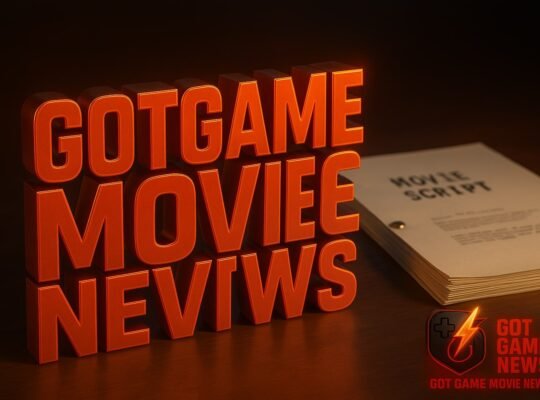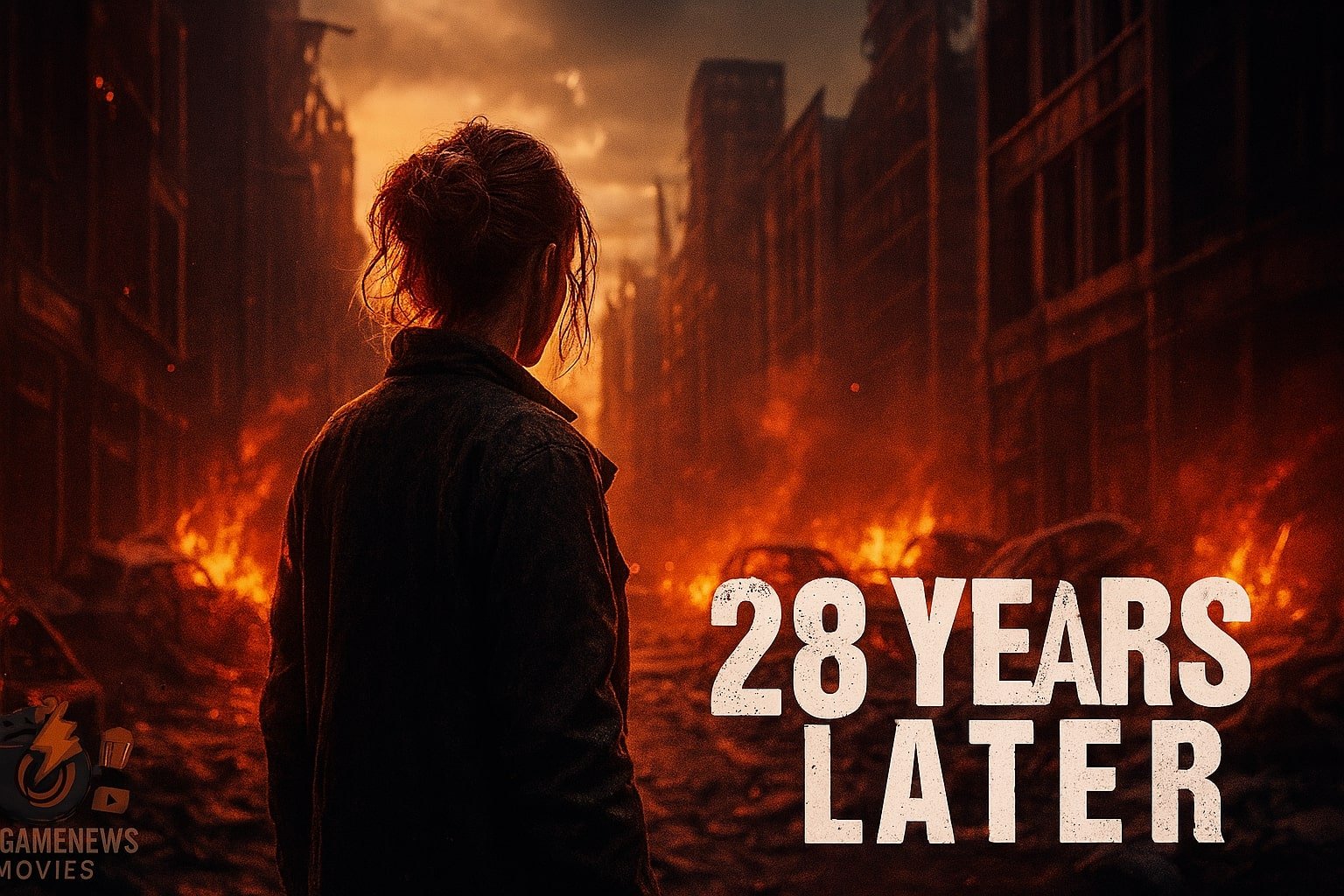🌟 Why “28 Years Later” Isn’t Just a Sequel — It’s a Warning
When news broke that Danny Boyle and Alex Garland were reuniting for 28 Years Later, expectations skyrocketed. This wasn’t just about reviving a franchise; it was about returning to a cultural touchstone that redefined modern horror. 28 Days Later and its sequel 28 Weeks Later didn’t just thrill audiences—they changed how we understood viral horror. So what does a third installment, nearly three decades later, have to say? As it turns out: everything.
This film isn’t a continuation—it’s a culmination. And it couldn’t be arriving at a more eerily appropriate time. Where the first film was about the collapse of society, 28 Years Later is about what rises from the ashes: ideology, power structures, and the ghosts of old fears now dressed in new uniforms.
- 🎬 Jodie Comer and Aaron Taylor-Johnson Deliver Devastatingly Human Performances
- 🎥 Danny Boyle's Direction & Alex Garland's Script Push Genre Boundaries
- 🎭 Cinematography That Invades Rather Than Observes
- ☢️ Horror With Purpose: Rage, Power, and Post-Pandemic Paranoia
- ✅ Final Verdict: A Brutal, Brilliant Return That Speaks to Now
🎬 Jodie Comer and Aaron Taylor-Johnson Deliver Devastatingly Human Performances
At the heart of the film’s emotional carnage is Jodie Comer, who gives what might be the most riveting performance in any installment of the series. Comer doesn’t play a hero; she plays a survivor molded by years of trauma, razor-focused instincts, and a flickering, desperate kind of hope. Her character never begs for sympathy, yet commands it effortlessly through the sheer force of her presence. There’s a moment—a glance, not even a line—that does more emotional heavy-lifting than pages of dialogue.
Aaron Taylor-Johnson proves to be the ideal counterpart. Quieter, more internal, he brings the ache of a man who’s seen too much but can’t afford to feel it. Their chemistry isn’t romantic in the traditional sense—it’s forged in fear, forged in fire. They don’t fall in love; they cling to one another like life rafts in a moral maelstrom.
🎥 Danny Boyle’s Direction & Alex Garland’s Script Push Genre Boundaries
Danny Boyle directs with the same feverish energy that made the original iconic, but there’s a more tempered, weary intelligence behind the chaos now. He isn’t trying to one-up himself; he’s trying to dig deeper. The violence here is not gratuitous but revealing. Every gunshot, every blood-spattered frame feels like a consequence rather than an event.
Alex Garland’s screenplay is surgical in its minimalism. He avoids exposition like the plague (pun intended), letting silences and glances speak volumes. This is a world where ideology spreads faster than infection, and Garland crafts dialogue that mirrors that speed: terse, loaded, and often chilling in its implications. Together, Boyle and Garland craft not just horror, but a scathing political parable.
🎭 Cinematography That Invades Rather Than Observes
Visually, 28 Years Later is a masterclass in unease. The cinematography—gritty, handheld, almost documentarian—doesn’t allow for emotional distance. Instead, it plunges the viewer into the thick of things. Wide shots are rare. Most of the time, we’re stuck in close proximity with characters who can’t escape their choices or their pasts.
The color palette is desaturated but never dull; it’s as though the film has been scrubbed of hope, only for slivers of color to occasionally bleed through when least expected. And when it does, it hits like an artery.
☢️ Horror With Purpose: Rage, Power, and Post-Pandemic Paranoia
28 Years Later isn’t just about infected bodies—it’s about infected ideologies. The Rage Virus remains, but the film is less concerned with its mechanics and more with what it symbolizes. Boyle and Garland pose urgent, uncomfortable questions: What does survival look like when fear becomes policy? Who gets to rebuild a world, and at what moral cost?
This is a post-pandemic horror story that feels more resonant than speculative. Its themes of isolation, control, misinformation, and communal breakdown feel like a mirror rather than a metaphor. The tone is relentlessly grim, but there’s just enough human resilience pulsing underneath to keep the film from becoming nihilistic.
✅ Final Verdict: A Brutal, Brilliant Return That Speaks to Now
28 Years Later isn’t just a worthy successor—it’s a reinvention. Boyle and Garland refuse to coast on legacy. Instead, they make a film that slices into the present moment with scalpel precision. It’s terrifying, yes. But it’s also necessary.
This is horror that thinks and feels. It’s not just about what scares us—it’s about why. And in doing so, 28 Years Laterbecomes something rare in modern genre cinema: not just a great sequel, but a vital one.





